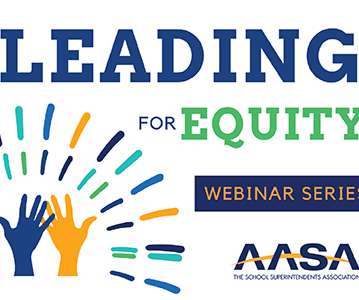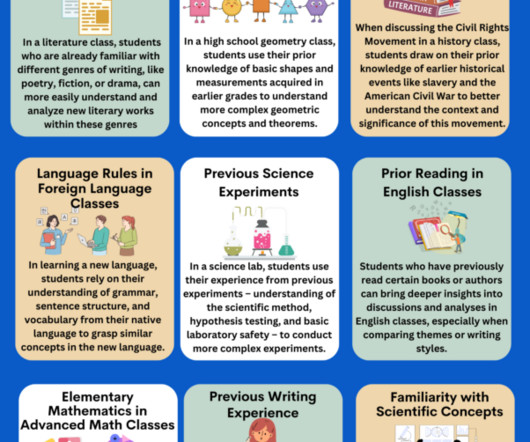Implementing Innovation Strategies to Make School Districts More Equitable
edWeb.net
APRIL 30, 2021
The strategies needed to transform school districts, along with the ongoing implementation of these strategies in one Connecticut district, were discussed during a recent edWebinar , hosted by AASA, The School Superintendents Association and AASA’s Leadership Network. From 2001-2003, he served as Vermont’s Education Commissioner.














Let's personalize your content